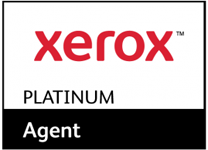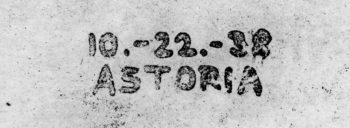
Chester Carlson and Xerography
Share this page:
The xerographic process, which was invented by Chester Carlson in 1938 and developed and commercialized by the Xerox Corporation, is widely used to produce high-quality text and graphic images on paper.
Carlson originally called the process electrophotography. It’s based on two natural phenomena: that materials of opposite electrical charges attract and that some materials become better conductors of electricity when exposed to light. Carlson invented a six-step process to transfer an image from one surface to another using these phenomena.
First, a photoconductive surface is given a positive electrical charge. The photoconductive surface is then exposed to the image of a document. Because the illuminated sections (the non-image areas) become more conductive, the charge dissipates in the exposed areas. Negatively charged powder spread over the surface adheres through electrostatic attraction to the positively charged image areas. A piece of paper is placed over the powder image and then given a positive charge. The negatively charged powder is attracted to the paper as it is separated from the photoconductor. Finally, heat fuses the powder image to the paper, producing a copy of the original image.
Six Step Process:
1. Charge
2. Expose
3. Develop
4. Transfer
5. Fuse
In the fusing process, the toner comprising the image is melted and bonded to the paper. This is accomplished by passing the paper through a pair of rollers. A heated roll melts the toner, which is fused to the paper with the aid of pressure from the second roll.



